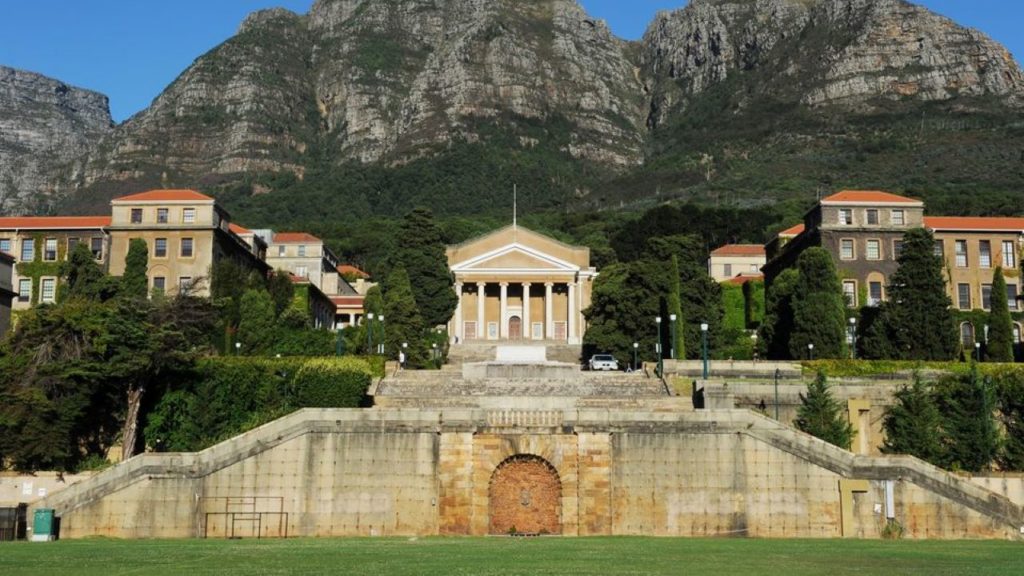In the 1920s, a medical student unethically sourced the remains of nine Khoi and San individuals and brought them to the University of Cape Town (UCT) as biological specimens. On 26 November, the nine people were returned to their community and laid to rest.
Also read: Khoi community thrilled about Civic Honours for Krotoa
The remains of |gui, Cornelius Abraham, Jannetjie, Klaas Stuurman, Saartje, Totje, Voetje and two children named G!ae and Saa were discovered among 11 other skeletons in 2017 during an archiving audit of the UCT Human Skeletal Collection.
During the audit, it was discovered that the bodies of these 11 individuals were unethically obtained by the institution about 100 years ago and given to UCT between 1926 and 1931 by a student named Carel Gert Coetzee. The latter lived on a farm near Kruisrivier, where their remains were unethically removed from their graves.
Due to this, the university worked closely with the community of Sutherland and affected families to return the skeletal remains to their descendants. On Sunday, 26 November, the remains of Cornelius Abraham, Jannetjie, Klaas Stuurman, Saartje, Totje, Voetje, G!ae and Saa were reburied in Sutherland.
Watch here:
According to UCT, the ninth person’s remains date back to the pre-colonial period. His remains were excavated during roadworks in the Northern Cape, and he had been buried in the nearby mountains.
Professor Victoria Gibbon, curator of the UCT Human Skeletal Repository, says returning the remains to their descendants represents the largest process of its kind for the country.
Scientific studies conducted during the cross-institutional historical justice project established the gender and identities of their individuals, and the university reconstructed their faces, providing insight into where and how they lived, what they ate, how they died and helping determine whether they were related.
The studies showed that the descendants of Abraham and Stuurman still live in the area.
On the first day of the programme, UCT’s Faculty of Health Sciences held a ‘day of mourning’, says dean, Associate Professor Lionel Green-Thompson. On 25 November, a cortège that departed from UCT arrived in Sutherland.
The procession carrying the coffins made its way off the N1 at Matjiesfontein and along the R354 for the final 110km through the Roggeveld, where the Sutherland Nine’s ancestors hunted, to the edge of the Western and Northern Cape provinces.
A symbolic handover of the human remains from one province to the other was held at the provincial border.
On Sunday, 26 November, a church service was held before the reburial in the town’s Anglo-Boer cemetery. Representatives from the Western Cape San and Khoi communities, chiefs Bradley van Sitters and Autshumao Mackie burned impepho, a dried indigenous African plant traditionally burnt to communicate with ancestors, and performed a cleansing ceremony with their Northern Cape counterparts, Oupa Isak Kruiper and Atta Lydia Kruiper.
Karoo Hoogland mayor, Anthony Stuurman Mietas, says the event is a major learning curve. ‘It’s very profound and you have to realise the significance of this. Because of what just happened, we are now able to teach our children; tell them about the system and what it means to be a community.’
‘So, what this really means [is]that it’s almost like a validation of our existence. It’s a realisation of what people have been telling us all along. And now we have the remains of our ancestors, validating the stories of our elders.’
Also read:
Khoisan occupation in Grabouw is no longer our problem, says forestry department
Picture: University of Cape Town / Facebook






